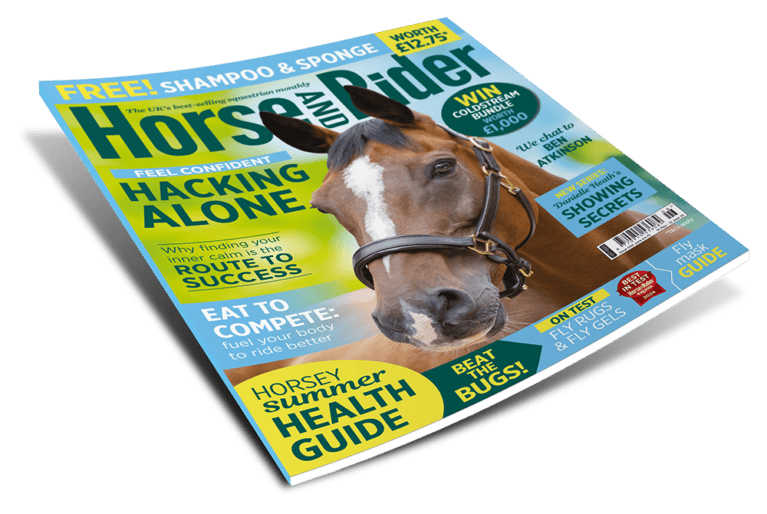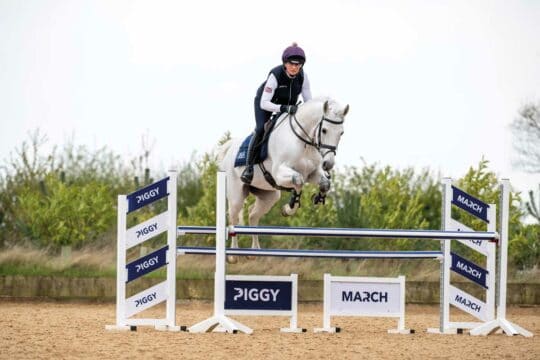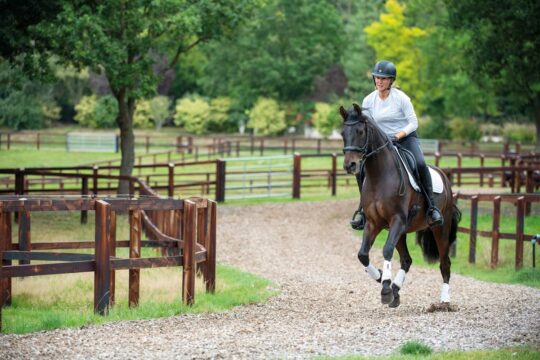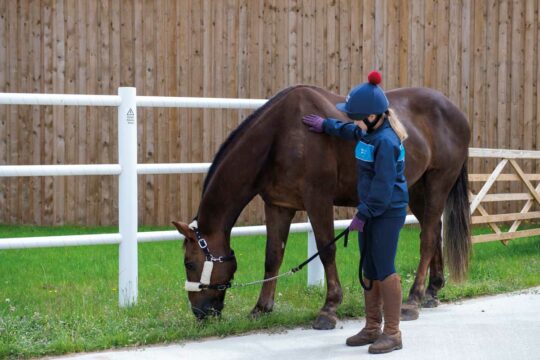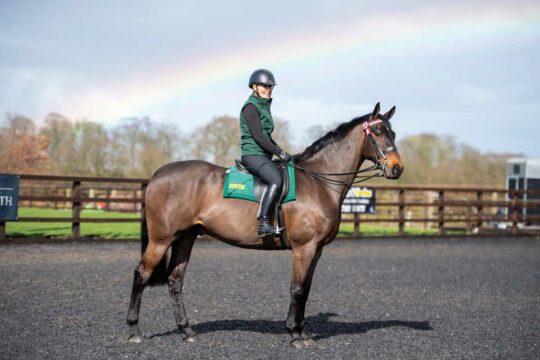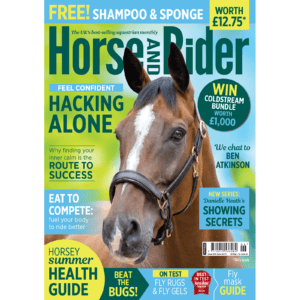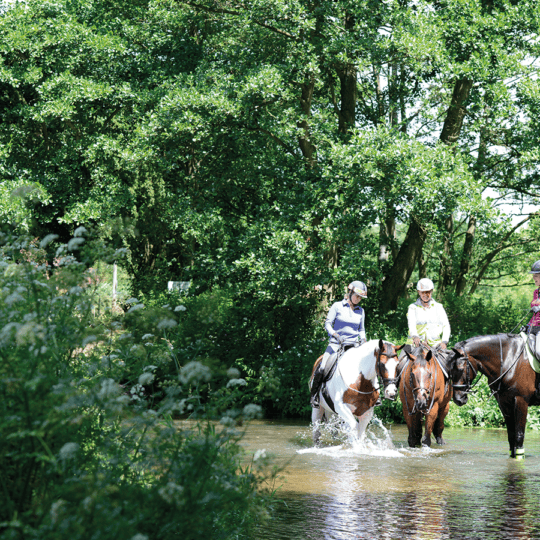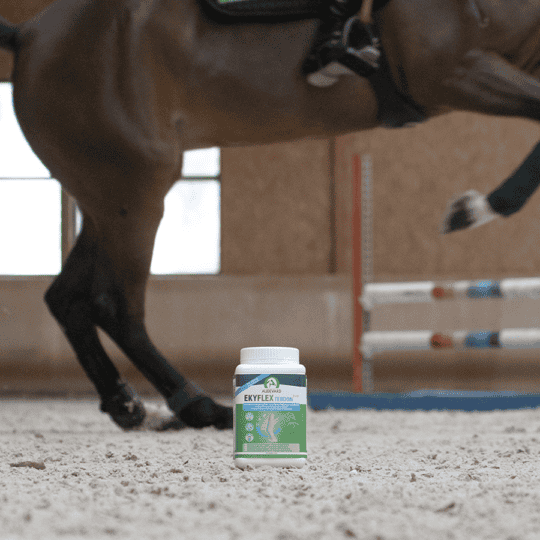Get your horse show-ring ready with Danielle Heath
Posted 13th May 2024
Want to get your horse looking show ring ready? Showing expert Danielle Heath reveals her top turnout secrets
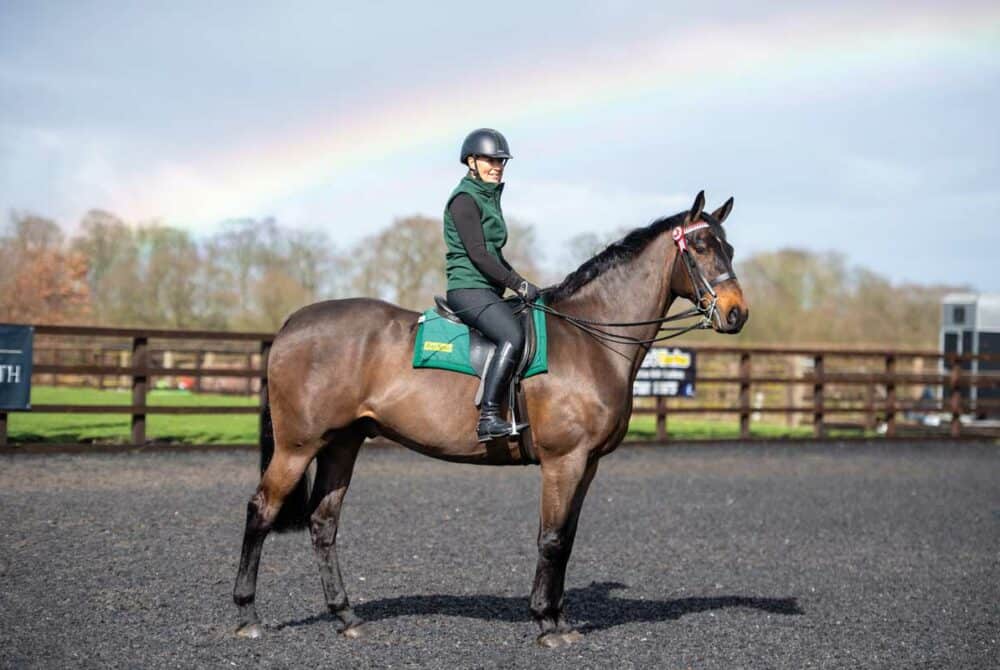
Whether you own a cob, Thoroughbred, Shetland or Shire – or anything in between – there’s something for you in the world of showing. The purpose of this long-standing discipline is to celebrate presentation, attention to detail and adaptability – all favourable qualities, whether you’re an avid show-goer or not.
In this three-part series, we’ll focus on some of the key aspects that contribute to success in the show ring, starting with my head-to-toe guide on how to keep your horse looking well groomed, class appropriate and ready to claim that red rosette.
Did you know?
The most suitable type of plait is dictated by the class you’re entering. Competitors tend to use smaller plaits for hacks than for hunters, for example.
Trimming
I’m a stickler for a neatly trimmed, smart-looking head as a way of refining a horse’s overall appearance, and this is of particular importance if your horse is a hairier type.
The best tool for tidying the head is a small precision trimmer. To trim your horse’s beard, simply glide the trimmers down the cheeks and jawline to the base of the muzzle, and repeat. I like to finish by wiping a drop of baby oil or aloe vera across the hair to accentuate the shine and definition.
Create an impression
The way you plait for a class can greatly affect the judge’s perception of your horse’s neck, and it’s the perfect opportunity to disguise any shortcomings. For example, increasing the number of plaits can give the illusion of a longer neck, whereas fewer plaits can help shorten the neck if needed.
If your horse lacks some topline or muscle in a certain area, this can also be visually rectified through plaiting. My tried-and-tested technique is to stand up the base of the plait in the relevant area to fill it out. To do this, make the base of the plait looser so that when you roll it up, it stands up at the back.
Finally, don’t forget about the forelock. A French plait is my favourite way of instantly neatening a forelock for the show ring, using the same method as you would for a tail.
At the other end of your horse, a neat tail can do wonders for his overall silhouette and is a fantastic opportunity to show off muscular hindquarters. You can easily shape the hair on the dock with a thinning tool, such as a rake, but it’s important to have the correct shape. If you don’t pull far enough down the dock, it can make the hindquarters look a strange shape, so take the hair as short as you can down the sides, then leave it a little longer in the middle.
A correctly trimmed tail should sit just below the hocks when the horse is moving – to mimic this, ask a helper to place a hand under your horse’s dock, then cut the tail accordingly.
Top tip
If you’re clipping your horse’s body, you can blend the clip to merge with the mid to upper leg, especially if he needs hair left on to show more bone.
Discover more of Danielle’s turnout secrets in June Horse&Rider – out now!

